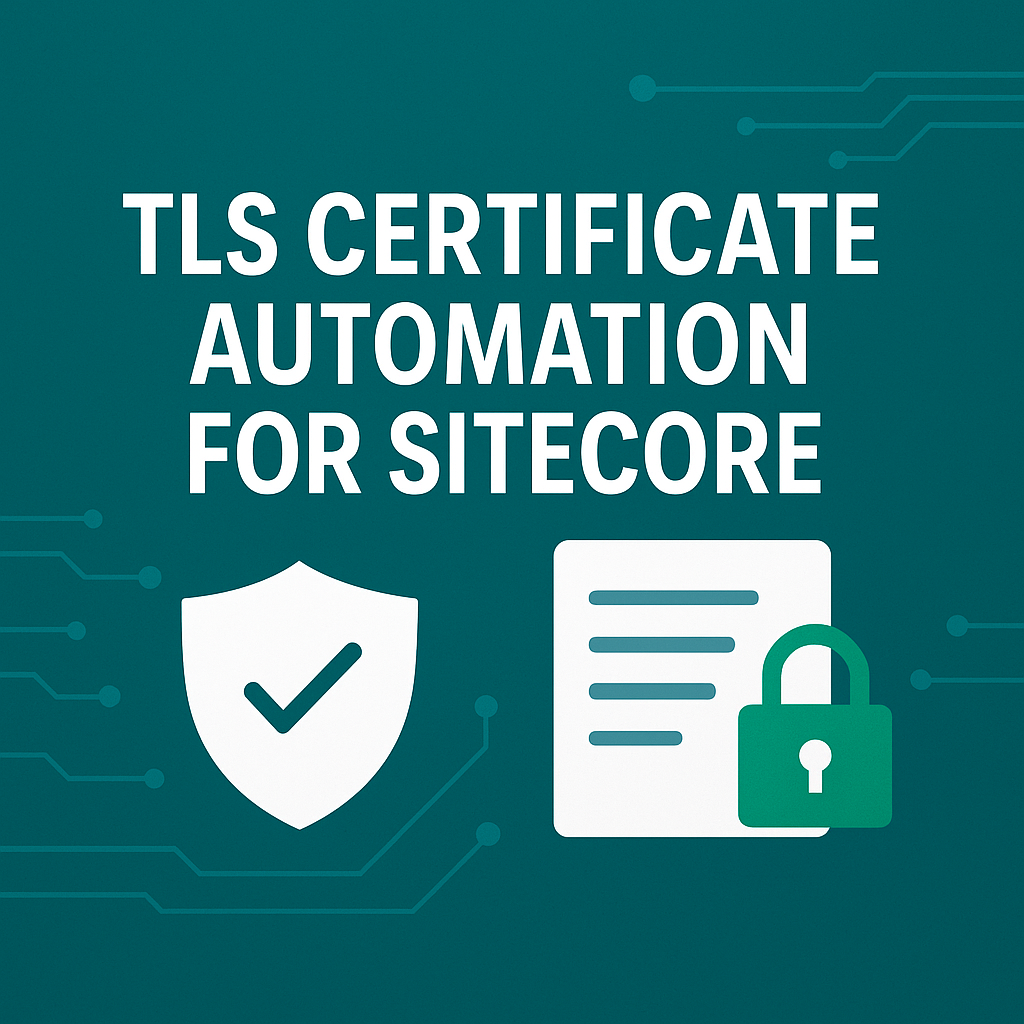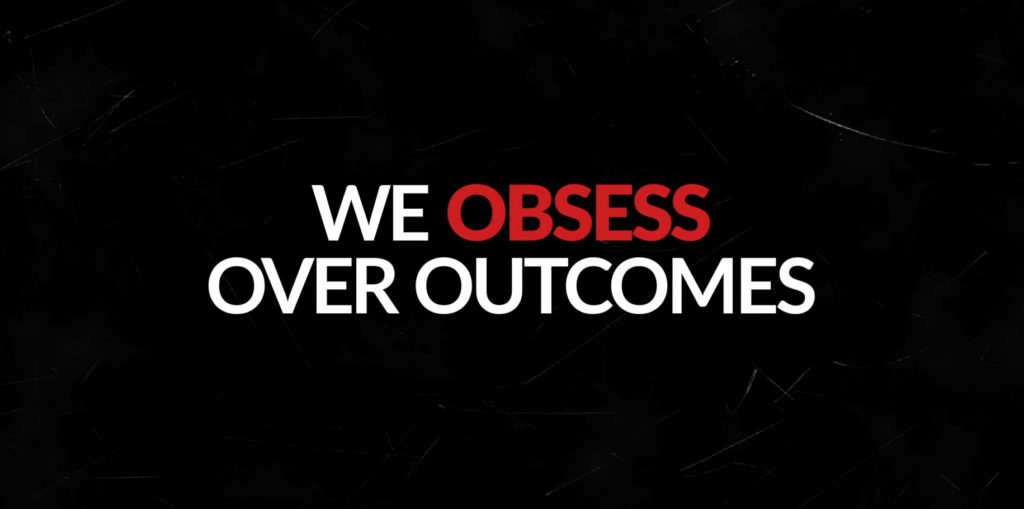In the pursuit of inclusive and equitable societies, the intersection of educational assistive technology and employment opportunities plays a pivotal role, especially for individuals with seizure disabilities. Empowering individuals through education and leveraging assistive technology in the workplace not only fosters independence but also opens doors to diverse and fulfilling career paths. In this blog post, we’ll explore the transformative impact of inclusive educational assistive technology on employment prospects for individuals facing seizure-related challenges.
Empowering Through Inclusive Education
Accessible Learning Platforms
Inclusive educational assistive technology ensures that learning platforms are accessible to all. Features such as text-to-speech, screen readers, and customizable interfaces accommodate diverse learning needs, allowing individuals with seizure disabilities to engage in educational content more effectively.
Adaptive Learning Tools
Adaptive learning tools tailor educational content to the individual’s pace and style. For those with seizure disabilities, these tools provide a personalized and supportive learning environment, fostering comprehension and retention of information.
Communication Aids in Educational Settings
Assistive communication aids, including speech-generating devices and communication apps, enhance communication within educational settings. These aids facilitate participation, collaboration, and social interaction, creating a more inclusive learning experience.
Digital Note-Taking and Organization Tools
Assistive technology supports students with seizure disabilities in organizing and managing their academic responsibilities. Digital note-taking tools, organization apps, and voice recognition software streamline tasks, ensuring a more efficient and accessible educational journey.
Unlocking Employment Opportunities
Job Search and Application Tools
Assistive technology extends its impact into the realm of employment by offering tools that aid in job searches and applications. Screen readers, speech recognition, and accessible interfaces enhance the accessibility of online job portals, empowering individuals to navigate the job market independently.
Remote Work Accessibility
The rise of remote work has been a game-changer for many individuals with disabilities. Assistive technology facilitates seamless remote collaboration through video conferencing platforms, communication apps, and virtual workspace tools, ensuring equal opportunities for professional engagement.
Adaptive Workplace Technology
Inclusive workplace technology caters to diverse needs, providing adaptations that accommodate individuals with seizure disabilities. Adjustable lighting, ergonomic workstations, and assistive software contribute to a supportive work environment, promoting productivity and well-being.
Communication Aids in Professional Settings
Continued use of communication aids, such as speech-generating devices and language interpretation apps, extends into professional settings. These aids enhance workplace communication, collaboration, and engagement, creating an inclusive atmosphere.
Job Training and Skill Development
Assistive technology supports ongoing skill development and job training. Online courses, virtual training programs, and accessible learning platforms empower individuals with seizure disabilities to continuously enhance their skills and adapt to evolving career demands.
The synergy between inclusive educational assistive technology and employment opportunities for individuals with seizure disabilities marks a transformative journey toward inclusivity and empowerment. As technology continues to advance, so does the potential for creating educational and professional landscapes that prioritize accessibility and diversity. By championing these advancements, we contribute to a world where every individual, regardless of their abilities, has the tools and opportunities to thrive in both educational and professional spheres. Together, let us bridge horizons and build a more inclusive future for everyone.
What is next?
In our next installment, we will delve into Education and Training for Seizure disabilities.
For more information on why accessibility is important in general, you can check out my previous blog post here.
For further information on how In our next installment, we’ll explore the importance of captions for individuals with hearing disabilities and delve into how we can promote digital products using captions with semantic markup to enhance accessibility for those with hearing impairments.to make your product accessible to your audience, contact our experienced design experts, check out our Accessibility IQ for your website, download our guide Digitally Accessible Experiences: Why It Matters and How to Create Them, and read more from our UX for Accessible Design series.





Leave A Comment